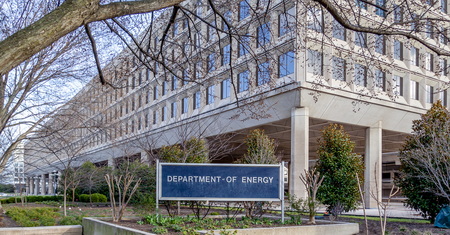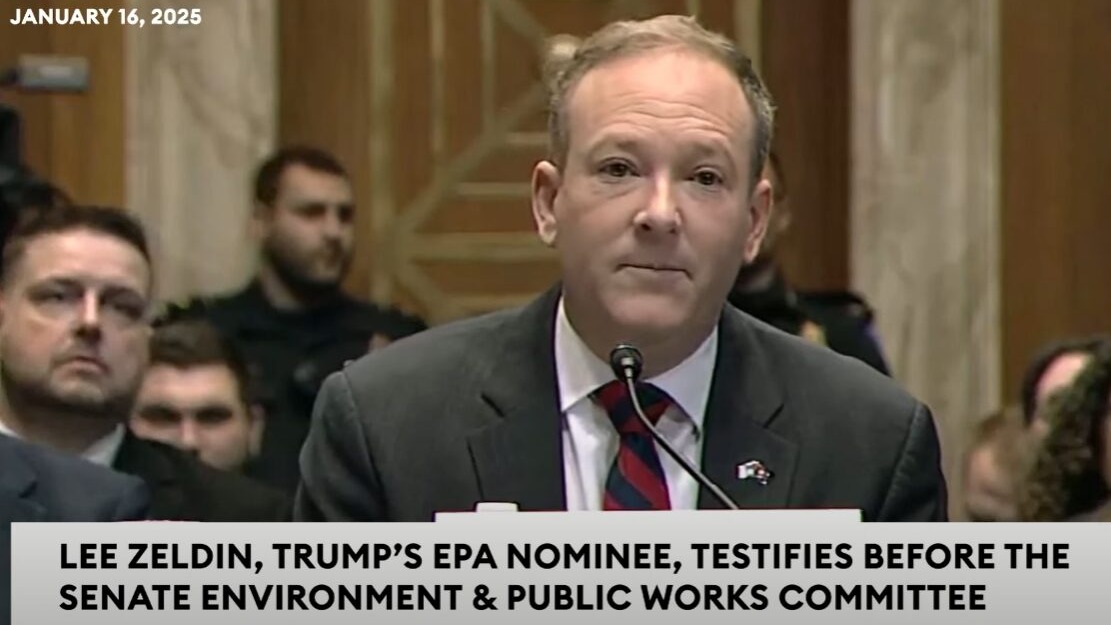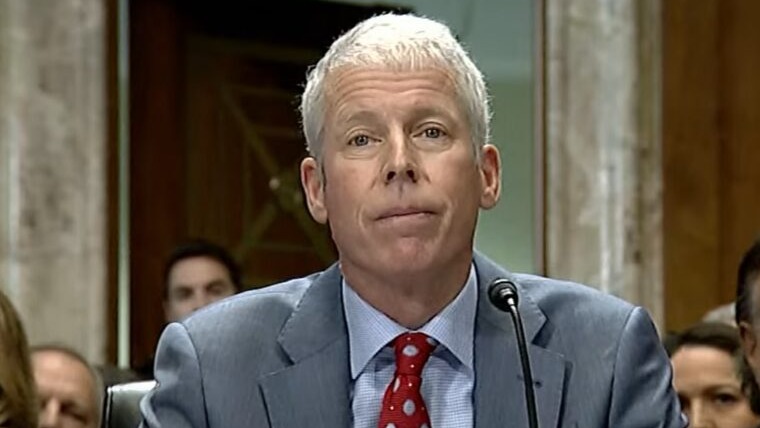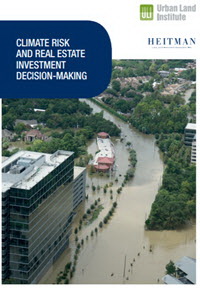
Recent legislative hearings and administrative initiatives have highlighted the critical need for a resilient and affordable electricity supply.
The Big Picture
- The U.S. electric grid is under increasing strain from surging energy demand, driven by AI-powered data centers, manufacturing growth, and broader electrification efforts. (North American Electric Reliability Corp., Feb. 28) (Wood Mackenzie, Feb. 11)
- EPA Administrator Lee Zeldin’s initiative for “Powering the Great American Comeback,” and DOE Secretary Chris Wright’s 9-point plan for US “energy dominance,” outlined agency strategies emphasizing permitting reform, strengthening grid reliability, expanding U.S. energy production to fuel economic growth, and position the U.S. as a global leader in AI and advanced energy technologies.
- As The Roundtable’s Policy Guide on building performance standards states, the transition to a digital economy raises serious concerns about electricity availability. “AI could soon need as much electricity as an entire country” as “[v]ast swaths of the U.S. are at risk of running short of power.” (Roundtable Weekly, Jan. 25)
Why It Matters
- Policymakers and industry leaders are debating how to balance investment in renewable energy, transmission infrastructure, and traditional baseload generation sources to ensure stable electricity supply. (E&E News, Feb. 26)
- During this week’s joint address to Congress, President Trump emphasized the administration’s focus on reducing energy costs: “A major focus of our fight to defeat inflation is rapidly reducing the cost of energy … That’s why, on my first day in office, I declared a national energy emergency… It’s called drill, baby, drill.”
- In a new report from The Center for Strategic & International Studies warns that while AI is digital, its biggest hurdle is physical infrastructure. The report explores using President Trump’s energy “emergency” declaration to fast-track permitting and urges a stronger DOE role in accelerating nuclear projects. (Axios, March 5)
Congressional Hearing

- On Wednesday, the House Energy and Commerce Committee’s Subcommittee on Energy convened a hearing titled “Scaling for Growth: Meeting the Demand for Reliable, Affordable Electricity.” Lawmakers and experts debated permitting delays, transmission bottlenecks, and regulatory uncertainty affecting the nation’s ability to meet growing energy needs. (Hearing Memo, March 5)
- Industry experts argued that regulatory hurdles are slowing energy infrastructure projects, creating a gap between federal energy goals and grid capacity. (Latitude Media, March 5)
Clean Energy & Economic Impact

- The American Clean Power Association (ACP) reports that while the Inflation Reduction Act (IRA) has boosted clean energy investment, uncertainty over efforts to cut tax credits raises concerns about long-term project financing.
- In 2024, U.S. developers added 48 gigawatts of new utility-scale solar, storage, and wind capacity—a 33% increase from the previous year. (ACP Report, March 5)
- The clean energy industry argues that wind and solar projects can be built faster than natural gas and nuclear, making them essential for stabilizing the grid. (E&E News, Feb.26)
- 79% of operational clean power capacity is now located in Republican-held districts, with GOP districts also home to 77% of new clean energy additions last year. (PoliticoPro, March 5)
- North America’s data center sector doubled its construction supply in 2024 to a record 6,350.1 megawatts (MW), underscoring the increasing power demands of AI-driven computing, according to CBRE’s latest North American Data Center Trend Report. (ConnectCRE, March 4)
The Real Estate Roundtable will continue working with the administration to advance policies that streamline energy project approvals, strengthen grid resilience, ensuring a stable, reliable power supply to fuel economic growth and innovation.

















